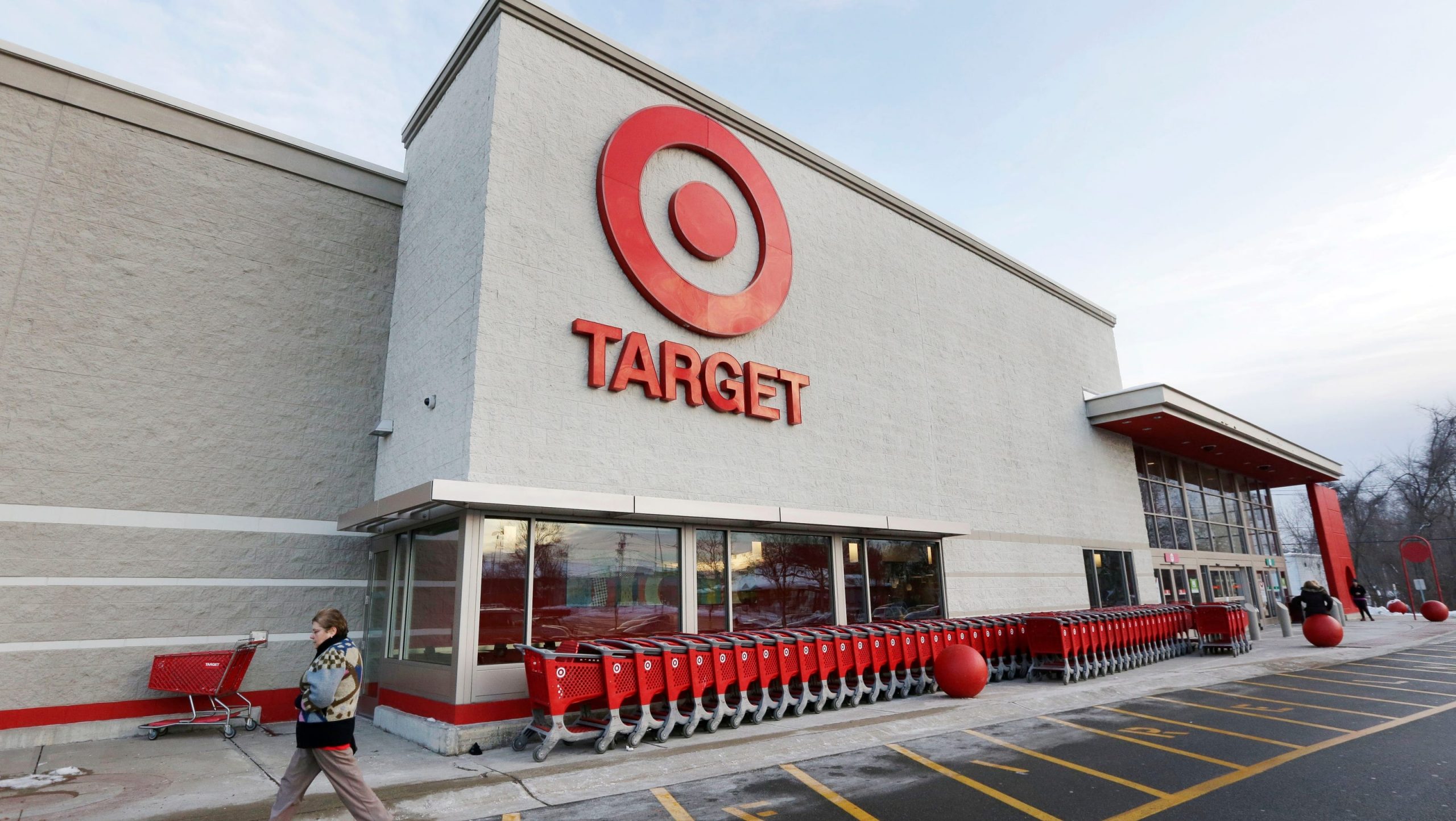In the face of elevated inflation and a sluggish economy, retail giant Target (TGT) experienced a somewhat disappointing first quarter. The company witnessed a hesitancy among shoppers when it came to exploring the more discretionary departments of its stores. This cautious approach from consumers was evident in Target’s earnings release, which highlighted softness in discretionary merchandise such as apparel and home goods. Additionally, digital comparable sales dropped by 3.4% compared to the previous year, and the company refrained from repurchasing any of its shares during the quarter.
Addressing the challenges posed by persistent inflation and rising interest rates, Target’s chairman and CEO, Brian Cornell, expressed determination to build on the trust of their customers. Cornell emphasized the importance of unifying as a team to deliver affordable joy to consumers and businesses as they navigate a third consecutive year of dynamic challenges.
Despite the Q1 setbacks, Cornell remains cautiously optimistic about the second half of the year. He pointed to various factors, including increasing traffic, strong customer relationships, inventory flexibility, and a combination of new merchandise trends and consistent performance in key categories like food and beverage, household essentials, and beauty. Cornell believes these factors provide Target with the confidence and agility to navigate the challenging consumer environment successfully.
Looking at the financials, Target reported a 0.6% year-over-year increase in net sales, amounting to $25.3 billion, slightly surpassing analyst estimates. The company also witnessed growth in its gross profit margin, which stood at 26.3% compared to 25.7% the previous year. However, there was a notable 16% decline in inventory growth compared to estimates for a smaller decrease of 5.1%. Diluted earnings per share (EPS) saw a 6.2% decline year over year, amounting to $2.05, although it still exceeded analysts’ expectations of $1.80.
One notable aspect of Target’s first quarter performance was a significant reduction in inventory, particularly in discretionary categories like apparel and home goods, which saw a 25% reduction compared to the previous year. Additionally, digital comparable sales experienced a decline of 3.4%, contrasting with a 3.2% increase in the same quarter of the prior year.
Looking ahead to the second quarter, Target set its earnings guidance below analyst estimates, signaling a cautious outlook for the crucial back-to-school shopping season. The company anticipates earnings per share in the range of $1.30 to $1.70, falling short of the estimated $1.96.
Analyzing Target’s stock performance, the company has witnessed a year-to-date increase of 5.8%, slightly trailing the 7.4% rise of the S&P 500 but outperforming Walmart’s 5.7% growth. However, over the past year, Target’s stock price has experienced a decline of 28.2%, compared to the 3% rise of the S&P 500 and the 2% increase of Walmart.

Analysts from Bank of America maintained a neutral rating on Target, highlighting the challenges posed by discretionary pressures. On the other hand, analysts from Jefferies expressed optimism, considering Target undervalued with upside potential as fundamentals improve. They pointed out that the company’s current price-to-earnings ratio of 14.9x FY’24 P/E is 2.5x below its historical average.
While Target faced headwinds in the first quarter due to economic challenges and consumer hesitancy, the company remains determined to overcome these obstacles and deliver value to its customers. With an eye on the second half of the year, Target aims to leverage its strengths and adapt to changing market dynamics, staying on track to meet consumer needs while striving for continued growth and success.
In conclusion, Target’s first-quarter performance reflects the broader economic challenges and consumer hesitancy seen in the retail industry. The company experienced softness in discretionary merchandise and a decline in digital comparable sales. However, Target remains optimistic about the future, citing factors such as increasing traffic, strong customer relationships, inventory flexibility, and a robust performance in essential categories.
While the company fell short of some analyst estimates and set a cautious tone for the upcoming back-to-school season, Target’s management, led by CEO Brian Cornell, maintains confidence in their ability to navigate a challenging consumer environment. They believe that their agility, combined with a focus on meeting customer needs and delivering affordable joy, will help them overcome the ongoing dynamic challenges.
Despite the stock’s decline over the past year, some analysts see potential in Target, considering it undervalued and expecting improved fundamentals to drive future growth. Target’s strong omni-channel positioning, valuable multi-category assortment, and discount store exposure position it well for success once economic conditions stabilize.
As the retail landscape continues to evolve, Target’s ability to adapt, innovate, and maintain customer trust will be key factors in its future performance. By leveraging its strengths, addressing customer needs, and monitoring market dynamics, Target aims to position itself for growth and regain momentum in the coming quarters. With a clear vision and a focus on delivering value to its customers, Target remains a significant player in the retail industry, poised to overcome challenges and embrace opportunities in the ever-changing market.
©traders-news.online










